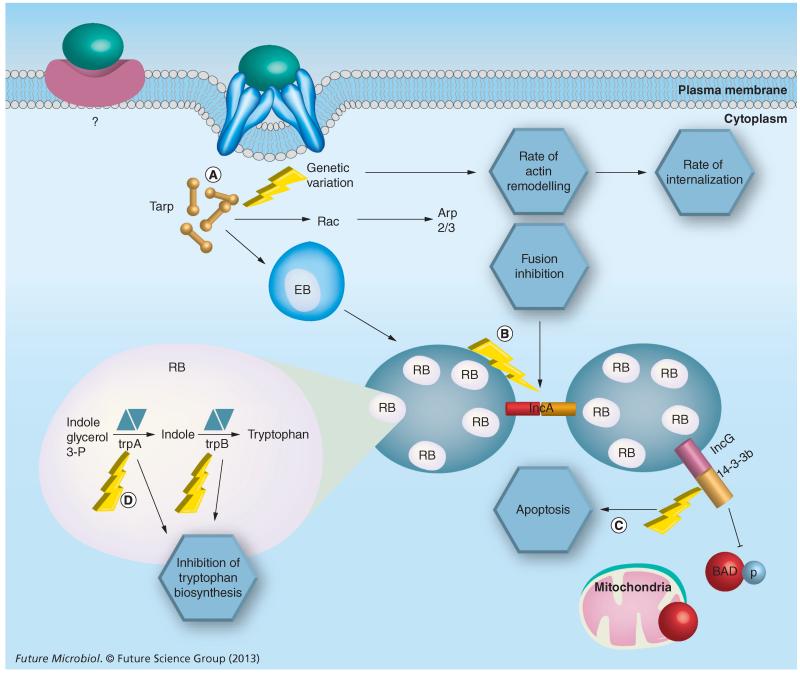Figure 3. Consequences of genetic variation for key Chlamydia trachomatis virulence factors.
Genetic variation (lightning bolts) results in serovar-specific differences in invasiveness, evasion of host responses and tissue tropism. (A) Tarp variation alters the number of actin-binding domains and the rate of internalization. (B) Variation in IncA results in nonfusogenic inclusions. (C) IncG, a result of gene duplication within the Inc-family, interacts with the host protein 14-3-3β preventing initiation of apoptosis by the host cell. (D) Mutation in the partial trp operon results in nonfunctional tryptophan synthase unique to ocular Chlamydia trachomatis isolates. ‘?’ indicates that a ‘receptor’ or binding partner of Chlamydia EBs is not fully known and may be different between different chlamydial species. EB: Elementary body; RB: Reticulate body.

